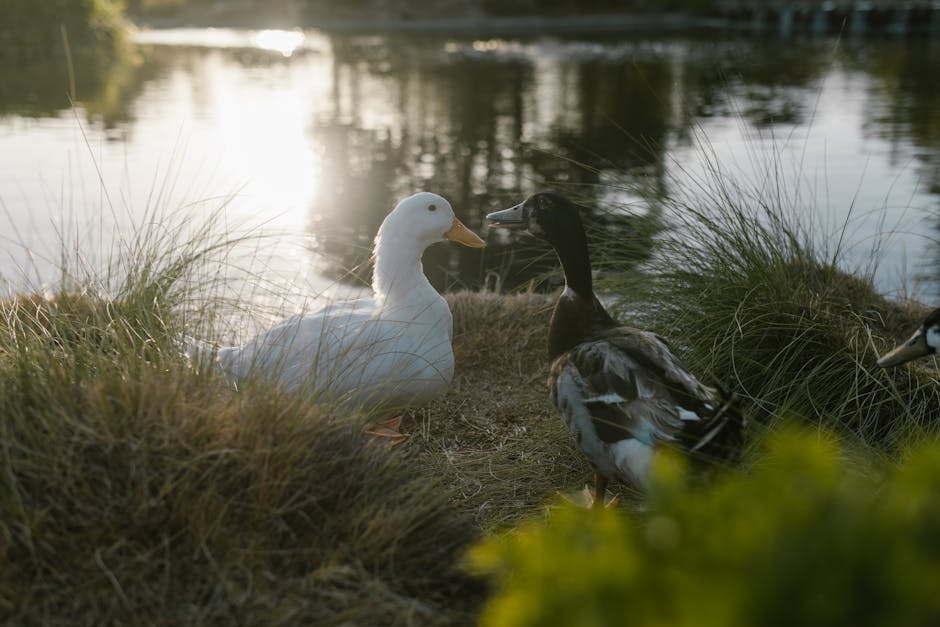⏱️ 4 min read
Did You Know? 10 Animals That Can Regrow Body Parts
Nature never ceases to amaze with its remarkable adaptations, and one of the most fascinating abilities some animals possess is regeneration. While humans can heal wounds and regrow some tissues, certain creatures can regenerate entire body parts or organs. This extraordinary capability helps these animals survive predator attacks and accidents in their natural habitats. Here are ten remarkable animals with impressive regenerative abilities.
1. Axolotl (Mexican Walking Fish)
The axolotl is perhaps nature’s most proficient regenerator. These salamanders can regenerate multiple body parts, including limbs, organs, and even portions of their brain. Most impressively, they can rebuild their heart and regrow up to 70% of their liver tissue. The regeneration process is so precise that even the new limbs are perfect copies of the lost ones, complete with bones, muscles, and nerves.
2. Starfish (Sea Stars)
Starfish possess remarkable regenerative abilities that allow them to regrow entire arms when severed. Some species can regenerate a complete new starfish from just one arm and a portion of the central disc. This process can take several months to a year, depending on the species and environmental conditions. The new arm grows as a small stub that gradually enlarges and develops all necessary structures.
3. Planarian Flatworms
These small flatworms demonstrate perhaps the most extreme regenerative capabilities in the animal kingdom. They can regenerate their entire body from as little as 1/279th of their original body mass. This extraordinary ability is due to their large number of stem cells, called neoblasts, which can transform into any cell type needed for regeneration.
4. Lizards
Many lizard species can voluntarily detach their tails through a process called autotomy when threatened by predators. The detached tail continues to wiggle, distracting the predator while the lizard escapes. Within weeks to months, the lizard grows a new tail, though it’s usually not quite the same as the original, containing more cartilage than bone and a simplified nervous system.
5. Octopus
Octopi can regenerate their arms if they’re damaged or lost. This ability is particularly useful as they often sacrifice arms to escape predators. The regeneration process is complete, including all muscles, nerves, and suckers. It typically takes about six weeks for an octopus to fully regenerate a lost arm, though the exact time depends on the species and the animal’s size.
6. Sea Cucumbers
These marine animals have a unique defense mechanism where they can expel their internal organs through their anus when threatened. This process, known as evisceration, is followed by an impressive regenerative period where they regrow their digestive tract and other organs within a few weeks. Some species can even regenerate their entire body from just a small piece.
7. Zebrafish
These small freshwater fish have become important models for studying regeneration in vertebrates. They can regenerate their fins, heart tissue, and even parts of their brain and spinal cord. The process is particularly fascinating in heart regeneration, where they can repair up to 20% of their heart muscle without forming scar tissue, unlike mammals.
8. Deer
While not typically thought of as regenerative animals, deer annually regrow their antlers, making this one of the fastest examples of organ regeneration in mammals. Male deer shed and regrow their antlers each year, with the new ones growing larger and more complex until the deer reaches prime age. This process can involve growing up to 30 pounds of bone in just three to four months.
9. Spiders
Spiders can regenerate lost legs, though this typically occurs during molting. When a spider loses a leg, a small limb bud develops at the site of the loss. During the next molt, this bud extends and segments, eventually becoming a fully functional leg. While the regenerated leg might initially be smaller than the original, it usually returns to normal size after subsequent molts.
10. Sea Sponges
These simple animals have remarkable regenerative abilities that allow them to rebuild their entire body from fragments. If a sea sponge is broken apart and pushed through a fine mesh, the separated cells will gradually find each other and reorganize themselves back into a complete sponge. This process demonstrates one of the most basic forms of regeneration in the animal kingdom.
These incredible regenerative abilities continue to fascinate scientists and medical researchers. Understanding how these animals regrow body parts could potentially lead to breakthrough treatments for human injuries and diseases. While human regenerative capabilities are limited, studying these animals provides valuable insights into tissue regeneration and healing processes that might one day be applied to human medicine.
From the complete body regeneration of planarian flatworms to the annual antler regrowth in deer, these examples showcase nature’s remarkable ability to heal and rebuild. Such regenerative capabilities represent millions of years of evolution and adaptation, demonstrating the incredible diversity of survival mechanisms in the animal kingdom.


